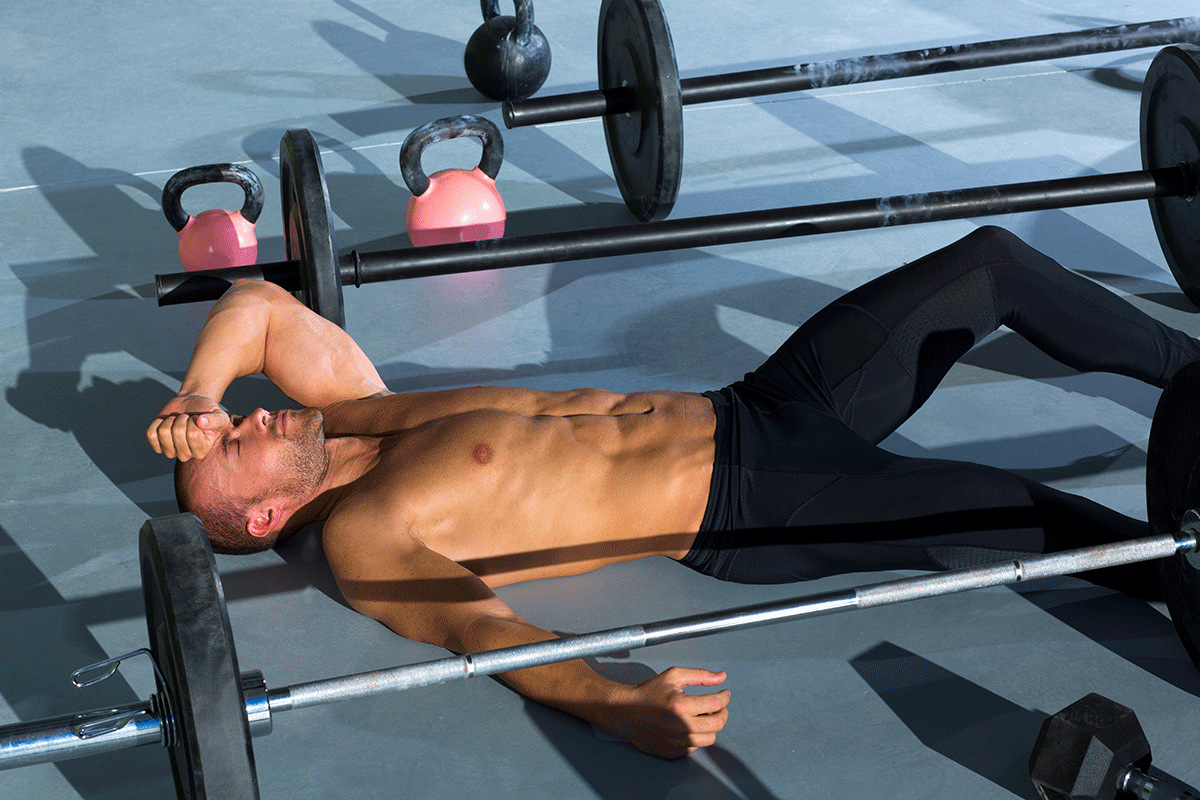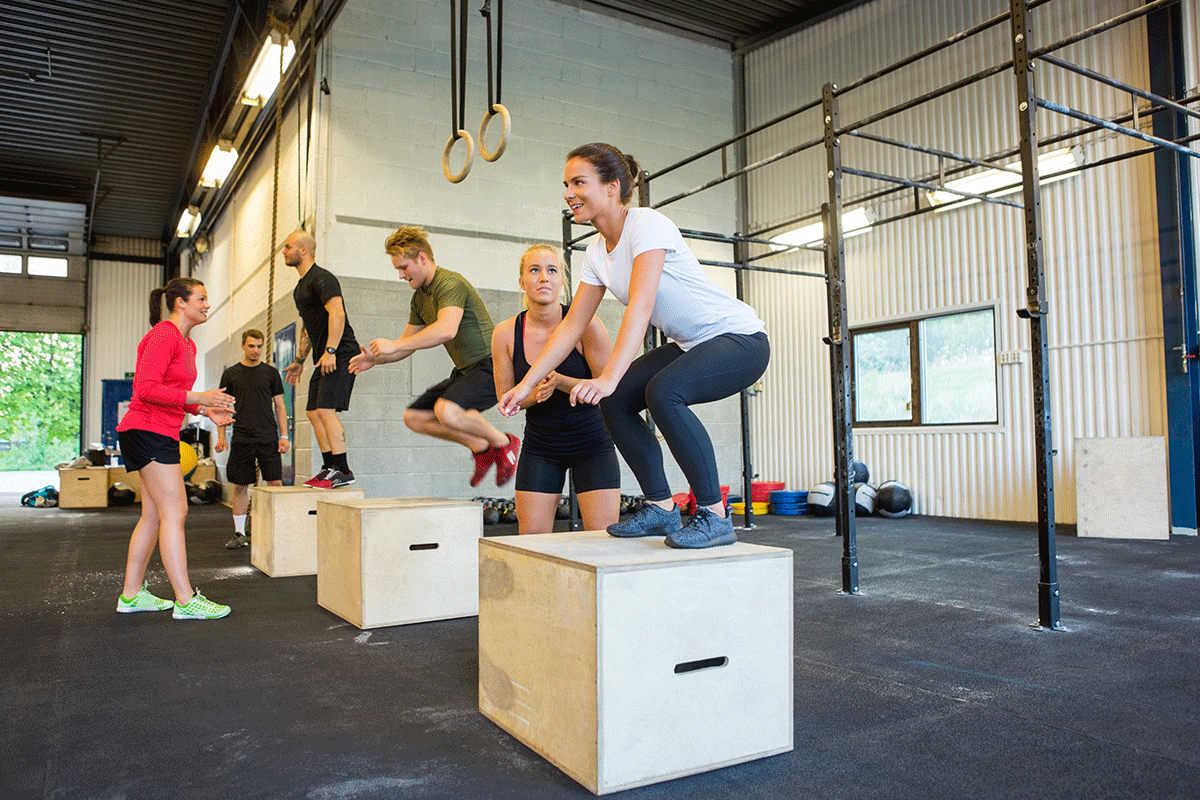
Image credit: shutterstock.com / holbox
Exercising
“Whenever I feel like exercise, I lie down until the feeling passes.” – Robert Hutchins
Have you tried exercise and not found it ultimately beneficial? Many people end up feeling like Robert Hutchins in the quotation above, perhaps because they didn’t lose as much weight as they had hoped, or just found it boring, or didn’t notice any significant boost in their energy levels.
Exercise and weight loss have assumed almost mythic importance. Just look at the fads and celebrity diets that populate our image-crazed western culture. First, I’m going to dispel the biggest myth surrounding exercise, then I’m going to show you the real benefits of exercise, and give you some tips to use it to maximize not just your physical health, but your overall focus and energy too. If there’s one thing I want you to take away from this blog, it’s to remember that good exercise is about more than just exercise.
Dispelling the myth
The biggest myth surrounding exercise is that the more you exercise the more weight you will lose, other things being equal. People who buy into this myth run the risk of continuing their eating and drinking habits, believing that adding exercise into the mix will ensure they lose weight. But exercise on its own does not cause significant weight loss. One meta-analysis proved that “moderate exercise resulted in a [sustainable] weight loss of 2.2 pounds and vigorous exercise in a loss of 3.5 pounds.” (Fat Chance, Robert H. Lustig.) Not really anything to write home about, in other words.
And the biggest problem of all: the beneficial effects of exercise, including reduction in stress and increase in liver function, are relatively short-lived, and so, to be useful, any exercise has to be frequent and sustained. People like you and me have busy schedules, so it’s important to find an exercise regime that not only fits into your calendars, but is something that you will stick to, and do regularly.
It’s not just about exercise… and sometimes it is just about exercise

Image credit: shutterstock.com / Tyler Olson
Sometimes, it is not about actually doing exercise. For example, too much sugar can affect the quality of your mental focus. Spotting hidden sugar in food you are buying is a great trick to learn.
At other times, it is about actually doing exercise when you have set aside time to do it. I admit I once attended the gym only to fulfil my quota of weekly exercise hours, but ended up watching an episode of Criminal Minds while exercising. I might have been on the treadmill at the same time, but guess where my focus was? Clocking in and out doesn’t mean I’ve really helped my health or focus.
Here are some tricks I’ve used to make the most of my exercise regimes and ultimately improve my physical health.
- HIIT – (high intensity interval training). You’ll be pleased that the first thing to say about HIIT is that it’s quick! A short 15 minute, intense workout to get your heart rate up and your lungs working hard is better for you than a longer period. High intensity exercise burns fat, not muscle, builds muscle strength and cardio fitness. The oxygen debt takes hours to recover after you finish exercising, boosting your metabolism. Interval training is great because it keeps your mind focused on what you’re doing physically, and it improves your overall fitness by encouraging your body to recover faster each time you exercise. (Check out mensfitness.com and womenshealthmag.com for more information and inspiration on HIIT.)
- Physio, personal trainers, masseurs. It’s not just about exercise. Seek holistic physical health, i.e. professionals who can help maintain your sustainable improvement in this area, and help you avoid making mistakes by getting an injury or aggravating an underlying problem. The last thing you want is to be out of action. Health and fitness professionals can help you learn about body, the right regimes for you and physical renewal when you need it. A little while ago when I suffered from severe back pain, I started using a more ergonomic office chair, and some regular yoga/pilates practice with tuition – and to great effect.
- Monitor your personal fitness data with carefully selected wearables (download my free guide to help you select a wearable – see below). There are plenty of good gadgets out there to help keep track of certain indicators of your progress. Heart rate monitors, smart watches, and other wearables can help your exercise regime focus on what matters, and give you a better picture of your overall physical sustainability.
What next?
Try out some short High Intensity Interval Training sessions. Remember the goal of these is to get your heart rate UP and your LUNGS working hard to keep oxygen heading to your muscles. You’ll notice the difference in your energy levels after the work out is over.
Measure and assess your progress. You might consider using a personal trainer. If the cost worries you, do what my wife did and find a friend who works in the area, and ask advice! In my wife’s case, her friend was setting up a nutrition and healthy living business at the time, and she became her (free) pilot client.
If you’re interested to learn more about how a wearable could help, then sign-up below and I will send you my FREE guide on how to choose the right wearable for you.
Please note: I reserve the right to delete comments that are offensive or off-topic.